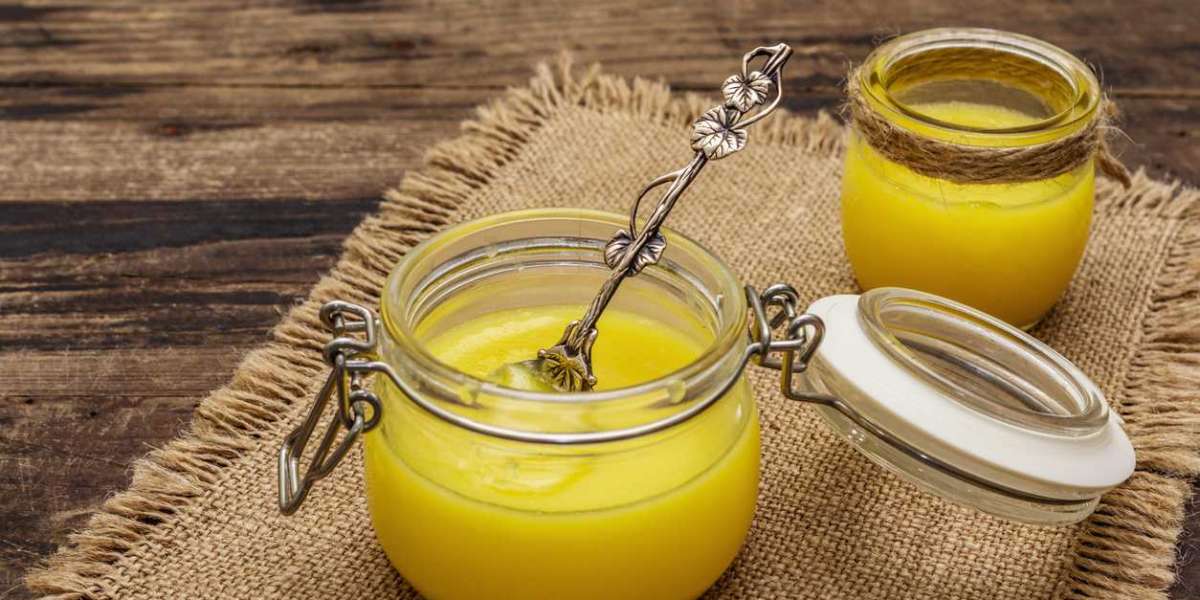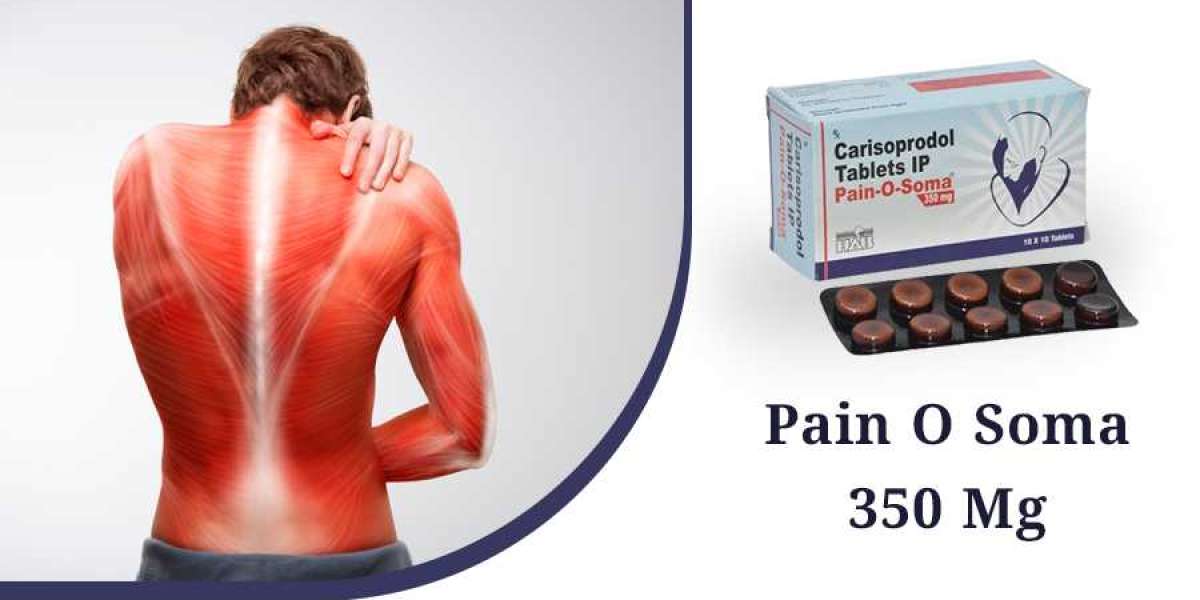Introduction:
Desi Ghee, a staple in Indian households for centuries, holds a revered place not only in culinary traditions but also in cultural and medicinal practices. Derived from the ancient Sanskrit word 'ghṛta', ghee has been cherished for its rich flavor, nutritional value, and therapeutic properties. In this article, we delve deep into the origins, production process, nutritional composition, culinary uses, and health benefits of desi ghee, celebrating its significance in the Indian heritage and beyond.
Origins and Production Process:
The history of ghee traces back to ancient India, where it was not only used as a cooking medium but also held sacred in religious rituals. Desi ghee is traditionally made by simmering unsalted butter until the milk solids separate and are then strained, leaving behind a golden, aromatic liquid. This labor-intensive process ensures the purity and quality of ghee, distinguishing it from other forms of clarified butter.
Nutritional Composition:
Desi ghee is a powerhouse of essential nutrients, including fat-soluble vitamins like A, D, E, and K. It is rich in conjugated linoleic acid (CLA), a fatty acid known for its anti-inflammatory and antioxidant properties. Despite its high saturated fat content, ghee is considered a healthier alternative to vegetable oils due to its unique fatty acid profile and absence of harmful trans fats.
Culinary Uses:
In Indian cuisine, desi ghee is prized for its distinct flavor and aroma, enhancing the taste of various dishes, from savory curries to decadent desserts. Its high smoke point makes it ideal for deep frying and sautéing, while its rich, nutty taste adds depth to preparations like biryanis, lentil stews, and sweets like halwa and ladoo. Ghee is also used in Ayurvedic cooking for its digestive and therapeutic properties, often infused with medicinal herbs and spices for enhanced benefits.
Health Benefits:
Contrary to popular belief, moderate consumption of desi ghee can offer numerous health benefits. Its high concentration of butyric acid promotes gut health and may help reduce inflammation in the digestive tract. Ghee's abundance of fat-soluble vitamins supports immune function, bone health, and skin vitality. Additionally, the presence of CLA in ghee has been linked to improved heart health, weight management, and even cancer prevention in some studies.
Ayurvedic Perspective:
In Ayurveda, ghee is revered as a 'sattvic' food, believed to nourish both the body and mind. It is considered beneficial for all three doshas (Vata, Pitta, and Kapha) when consumed in moderation and according to individual constitution. Ghee is often used in Ayurvedic remedies, such as 'ghee lamps' for spiritual purification, 'nasya' therapy for nasal lubrication, and 'abhyanga' massage for skin rejuvenation.
Modern Applications:
Beyond its traditional uses, desi ghee has gained popularity in the wellness industry for its versatility and health-promoting properties. From bulletproof coffee to ketogenic diets, ghee has found its way into modern dietary trends, touted for its ability to boost energy levels, enhance cognitive function, and support weight loss. However, it is essential to prioritize quality and moderation when incorporating ghee into any diet plan.
Conclusion:
Desi ghee, with its rich heritage, nutritional prowess, and culinary versatility, continues to stand the test of time as a cherished ingredient in Indian cuisine and beyond. From ancient Ayurvedic texts to contemporary health movements, ghee transcends cultural boundaries, offering a blend of tradition and science in every golden spoonful. As we celebrate the legacy of desi ghee, let us savor its flavors, reap its benefits, and honor the wisdom of our ancestors who revered this liquid gold as a symbol of nourishment, healing, and vitality.







